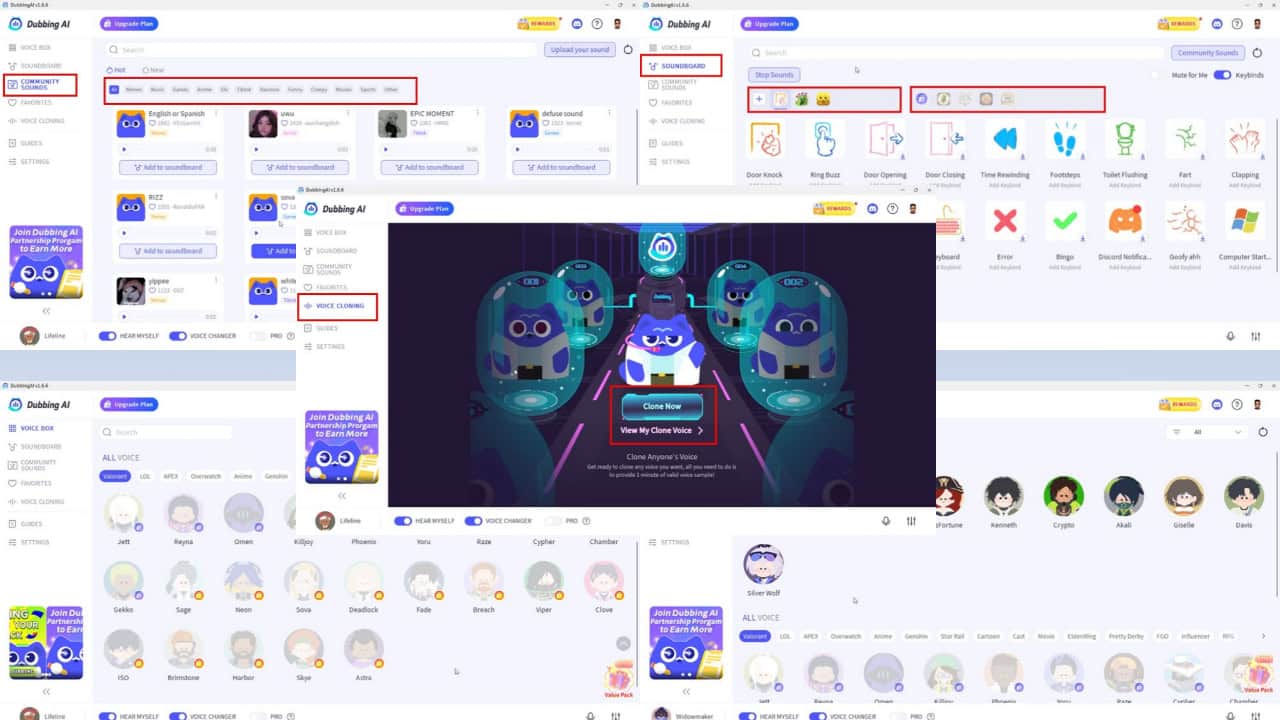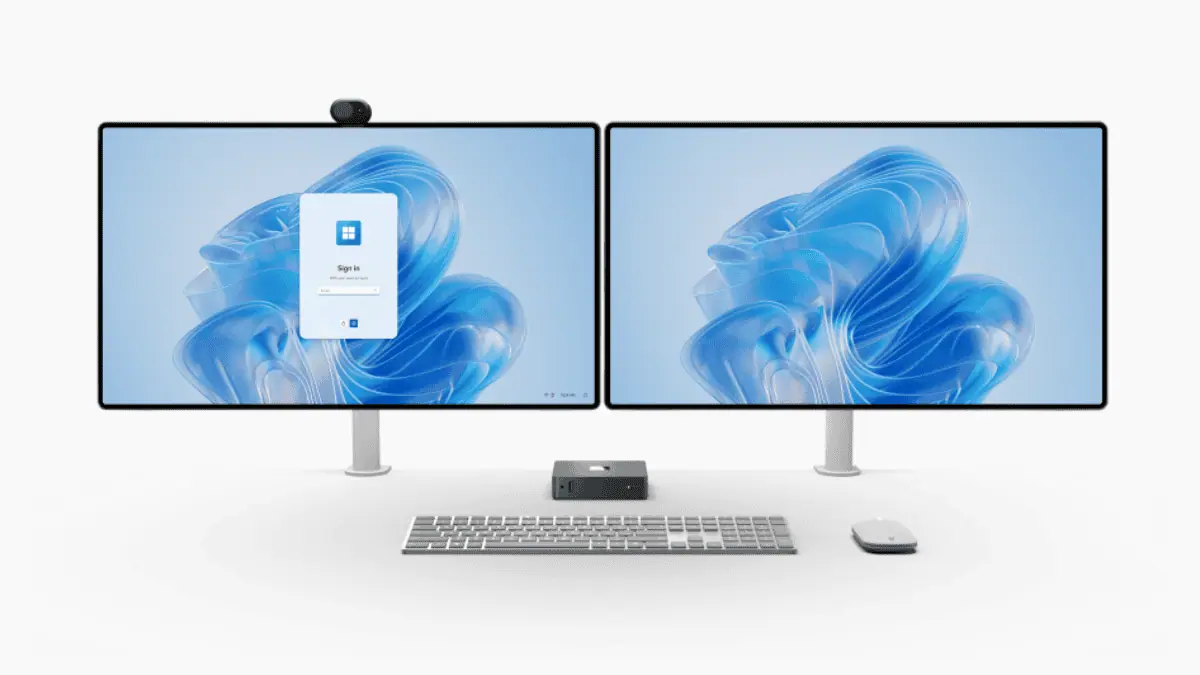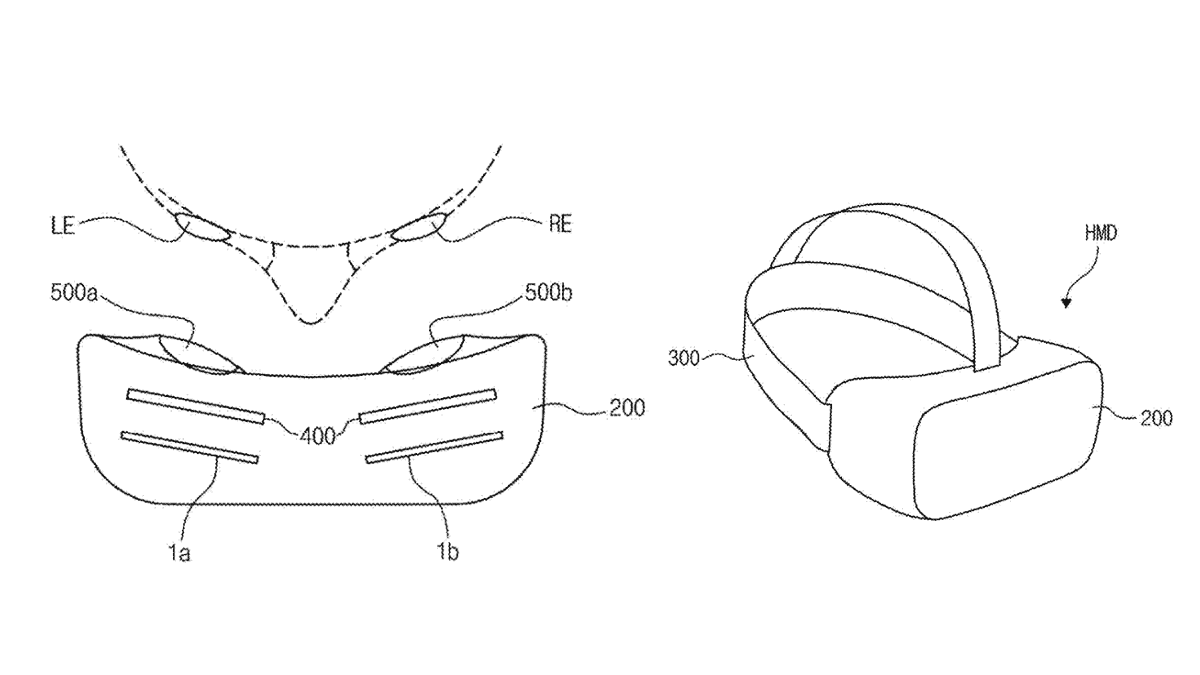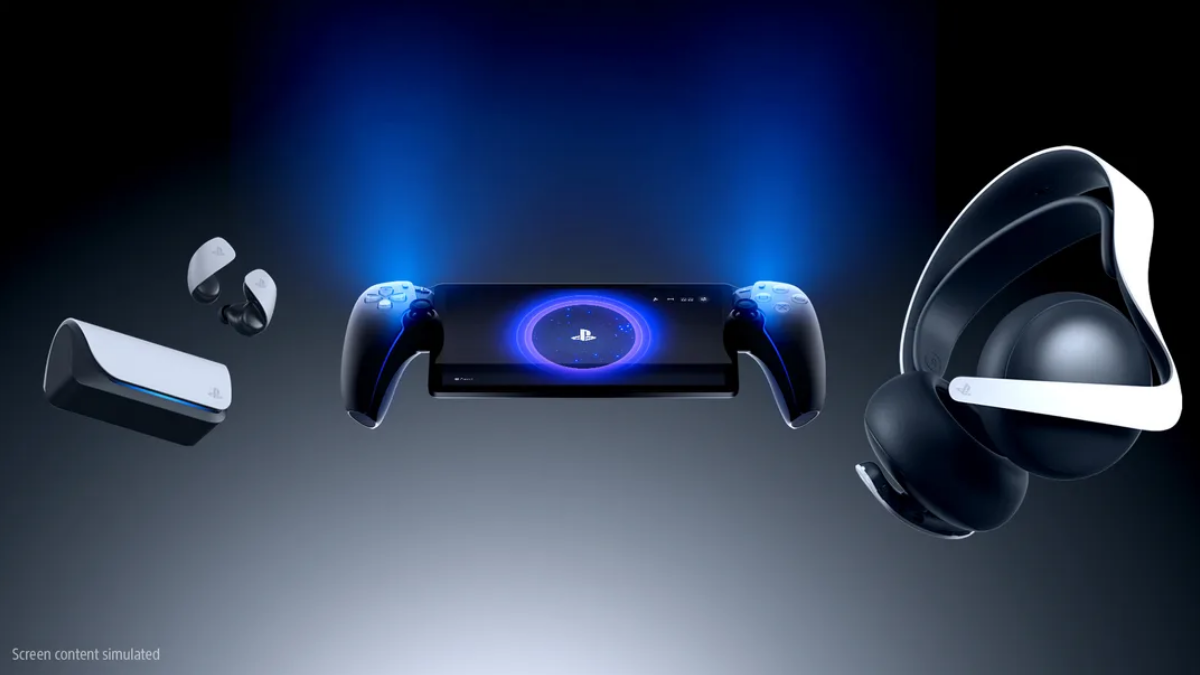Build 23419 introduces new USB4 Settings page, LKD creation in Task Manager, more
3 min. read
Published on
Read our disclosure page to find out how can you help MSPoweruser sustain the editorial team Read more

Microsoft released the Build 23419 to Insiders in the Dev Channel this week, and it comes with a bunch of new improvements and features for different areas of Windows 11, including live kernel memory dump creation in Task Manager, a new USB4 Settings page, Snipping Tool launching via print screen key, availability of seconds in the clock on the system tray, and more.
Insiders have a lot of features to explore in Build 23419, and one of the biggest ones is the new USB4 hubs and devices Settings page (Settings > Bluetooth & devices > USB > USB4 Hubs and Devices). This will only be available to systems that have USB4 support with the Microsoft USB4 Connection Manager. Those Insiders eligible for this feature can access information about the system’s USB4 capabilities and attached peripherals on a USB4-capable system, including the tree of connected USB4 hubs and devices and attributes and capabilities associated with the USB4 domain. This will also allow users to copy the details into the clipboard, making it easier to share details for troubleshooting. According to Microsoft, the addition of the page aims “to assist with troubleshooting in case users need support from their device manufacturer (OEM) or system administrator.”
Aside from this new page, the build introduces a new Task Manager live kernel memory dump collection capability. It can be accessed through the Details page in Task Manager and right-clicking on the System process that will reveal the “Create live kernel memory dump file” option. Once selected, the dump will be stored in %LocalAppData%\Microsoft\Windows\TaskManager\LiveKernelDumps. Through this feature, Microsoft said that users could collect data for troubleshooting with reduced downtime since it would still allow the system to continue its operation.
Other parts of Build 23419 include the features we previously reported in other releases, including the return of the seconds in the clock display on the system tray, improved cloud suggestion and integrated search suggestion in Simplified Chinese IME, renaming of Start menu’s “Recommended” section to “For you,” glanceable VPN status, Bing button on the taskbar search box, and redesigned in-app help page in voice access.
Meanwhile, after the news about the deprecation of Microsoft Support Diagnostic Tool (MSDT) and MSDT Troubleshooters, Microsoft said it would start testing redirecting users to the new Get Help troubleshooting platform when they access the troubleshooter tools in their old locations in the OS.
Another interesting addition in this release is the new default setting for the print screen, which, when pressed, should now launch the Snipping Tool. Also, the Redmond company promised to observe now the new Windows 11 app default features it promised last week. Specifically, this includes giving users “control of what gets pinned to their Desktop, their Start menu and their Taskbar as well as to be able to control their default applications such as their default browser through consistent, clear and trustworthy Windows provided system dialogs and settings.”








User forum
0 messages